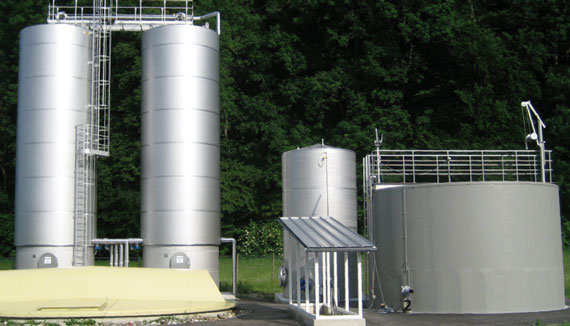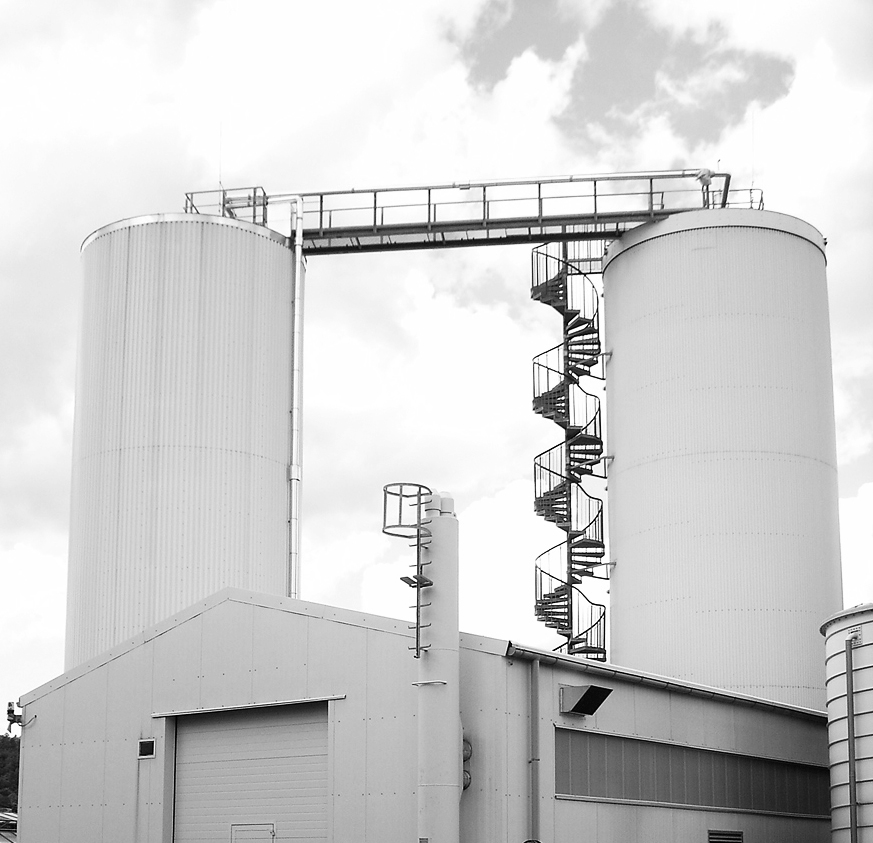Challenges and range of services
Our range of services in the field of sludge management at wastewater treatment plants takes various aspects into account. We are active in both the municipal and industrial sector and offer scientific advice and innovative solutions for new and old challenges:
- Studies on sewage sludge fermentation for the determination of design parameters
- Technical implementation up to pilot scale
- Avoidance of bulking sludge and floating sludge
- Process conversion from aerobic to anaerobic sludge stabilization
- Design of digestions for an efficient operation of digestion
For more than 25 years, Fraunhofer IGB has been developing biotechnological processes for the treatment of waste and water - from the microbiological basics to pilot plant scale and industrial-scale plants. Basic and detail engineering on the basis of Fraunhofer patents are carried out by our industrial partners from the plant engineering sector.
 Fraunhofer Institute for Interfacial Engineering and Biotechnology IGB
Fraunhofer Institute for Interfacial Engineering and Biotechnology IGB
